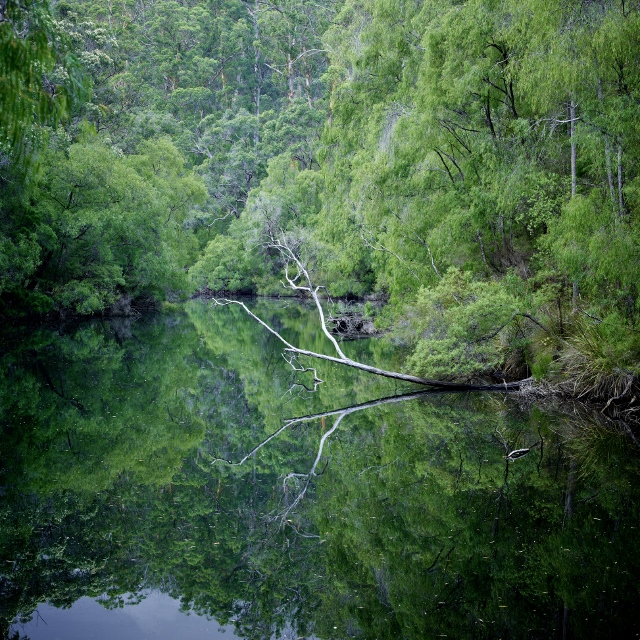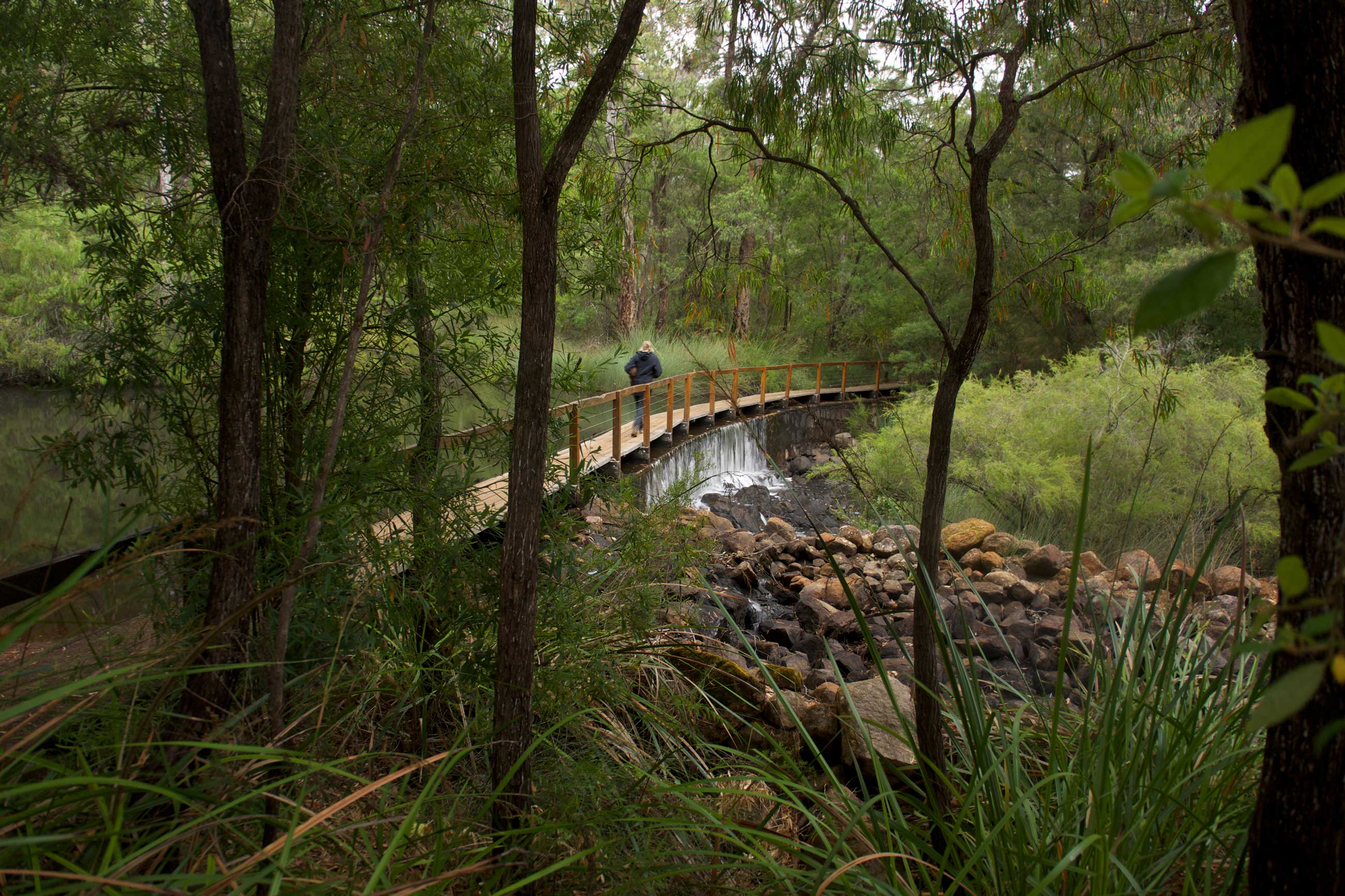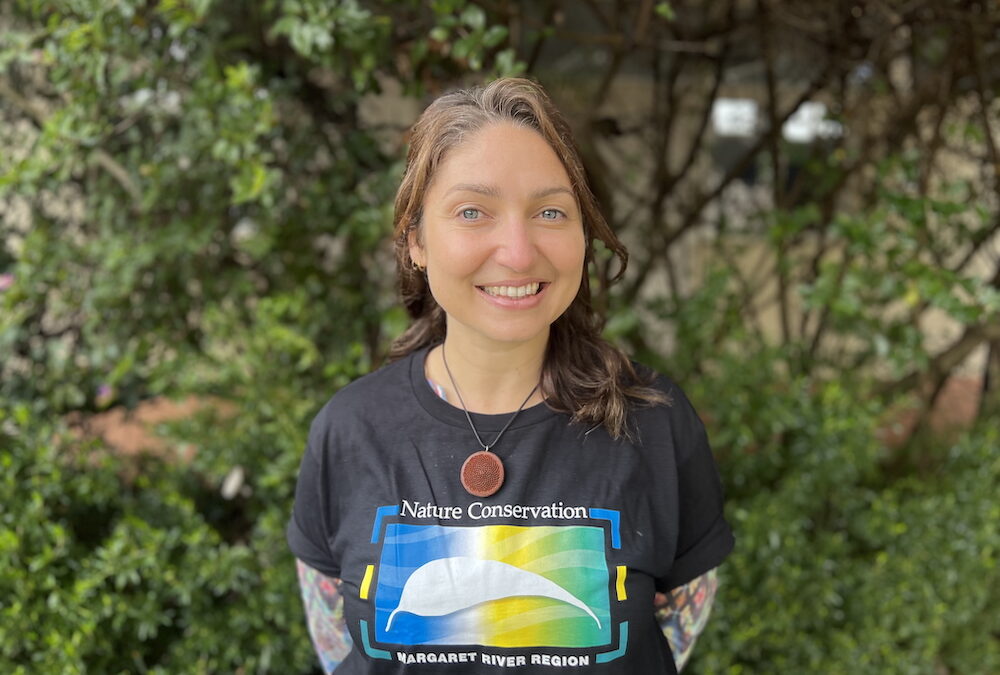The Margaret River’s health is in good hands with new citizen science programs for locals to get involved in, and a new Nature Conservation Margaret River Region officer dedicated to the waterway.
Hannah Weir has started with the region’s peak conservation group as project manager for an exciting initiative called Protect Wooditjup Bilya. A passionate environmental professional and self-proclaimed “nature nerd”, Hannah most recently served as the ReWild Perth program manager and brings extensive experience in restoration, citizen science, and community land care.
Now calling Margaret River home, she said she’s eager to deepen understanding of the river and its unique ecosystems.
Hannah will oversee a four-year program funded by a major grant from the Ian Potter Foundation, supporting research, on-ground works such as fencing and weed control, and community engagement, including citizen science opportunities. “The Wooditjup Bilya is such a special river, and we have a real chance to secure its future,” Hannah said. “Our goal is to protect the biodiversity of the Margaret River catchment by combining up-to-date research with proven conservation methods, and by bringing land managers together for collaborative action.

“This way, we can tackle threats in a more coordinated way and share knowledge across the community. While we’ve had plenty of rain this winter, the low flows we’ve seen in recent summers highlight just how urgent this work is—for freshwater fish, crayfish, and the wider ecosystem that depends on a healthy river.”
Throughout 2025 and beyond, Protect Wooditjup Bilya will roll out a series of initiatives to celebrate the river, share practical tips for coexisting with its wildlife, and empower the community to take an active role in monitoring and protecting the waterway. Landholders with property adjoining the river and key catchment areas will also be supported through cost-share funding for fencing and other conservation measures.
“Keep an eye out for new citizen science programs, including becoming a Saving Our Snake-Necked Turtle Project citizen science tracking program,” Hannah said. “From turtles to river health monitoring, we’ll need everyone’s help to keep Wooditjup Bilya thriving.”
The announcement comes ahead of World Rivers Day on Sunday, September 28. Established in 2005, the day aims to raise awareness of the importance of rivers around the world, highlight the need for sustainable management, and encourage communities to connect with and protect their local waterways.

Associate Professor Stephen Beatty of Murdoch University described the Margaret River as the “jewel in the crown” of the region, and said it was still in good health compared to other rivers in the South-West – but needed protecting. “Freshwater ecosystems cover a tiny fraction of the Earth but hold exceptional biodiversity,” he said. “South-western Australia is home to the highest proportion of endemic fish in the country—vital for controlling nuisance insects—but also the highest proportion of threatened endemic species. This project helps address multiple threats.”
Paul Conroy, CEO of The Ian Potter Foundation, said he was excited about backing the Protect Wooditjup Bilya program because it “blends research, community engagement, and collaboration across agencies”. “It’s an excellent model for protecting intact yet threatened ecosystems,” he said.
The project also builds on seed funding from partnerships with the Shire of Augusta Margaret River, the Water Corporation’s Regional Liveability Initiative, WA Government’s State Natural Resource Management Community Stewardship Program, and invaluable philanthropic donations.

